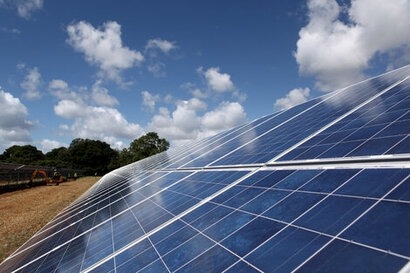
All four sites are planned to be constructed by the end of 2023 and will have a lifespan of 40 years, after which time they will be returned to their natural state.
Each site will benefit from an advanced biodiversity plan and significant ecological enhancements designed to support some of the UK’s most at-risk birds and wildlife, as well as native plant life. This will include the creation of wildflower meadows, planting of additional hedgerows and trees, and the installation of bird and bat boxes. For Low Farm, these enhancements are expected to result in a biodiversity net gain of more than 130 percent.
All engineering, procurement and construction of the four solar farms is being handled by Anesco. Once operational, each site will then be monitored by Anesco’s operations and maintenance team, who in combination with Anesco’s optimisation team will ensure that the portfolio of plants continue to operate at their optimal technical efficiency, whilst economically generating the greatest potential returns.
“We’re delighted to see our partnership with Anesco taking this important step forward with construction now officially underway on the first four projects” said Wayne Cranstone, Gresham House Investment Director. “All four of the solar farms have been sensitively developed with strong attention to biodiversity, as well as a focus on quality construction to aid their performance and efficiency.”
The three year, 200 MW, ground mount solar development and construction partnership is valued in excess of £100 million and will comprise of sites ranging in size from 20 MW to 50 MW generation capacity. The agreement forms part of a long-standing relationship between the two companies.
“Through this partnership with Gresham House, we are delighted to be putting our end-to-end capabilities and expertise to good use, supporting the UK’s transition to a sustainable, low carbon energy network” added Hildagarde McCarville, Anesco CEO. “Grid scale solar assets have a vital role to play, not only for aiding decarbonisation but for energy security, which are two of the most pressing challenges we face today. The ability to achieve this, whilst in parallel increasing the biodiversity net gain at these locations, reaffirms our corporate commitment to the UN Sustainable Development Goals.”
For additional information:

